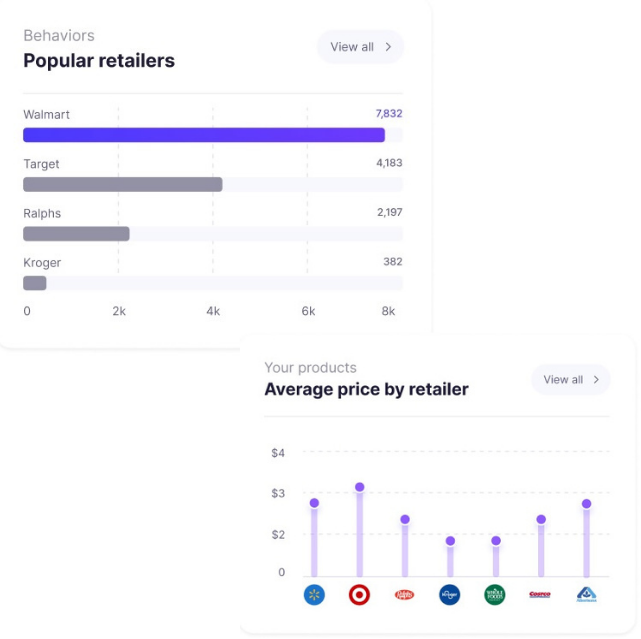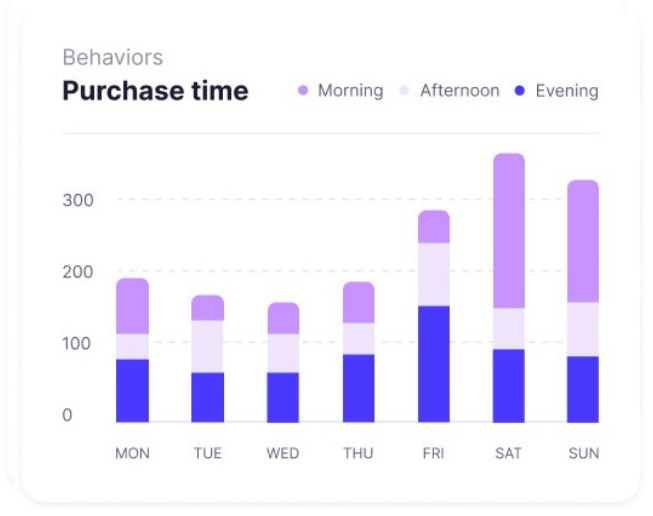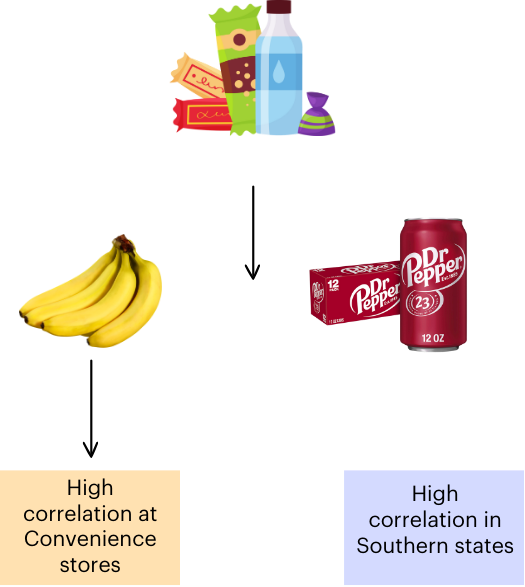In today’s ever-changing retail landscape, consumer packaged goods (CPG) brands are encountering new challenges in understanding and engaging with their customers. The traditional reliance on third-party data and aggregated metrics is no longer sufficient. First-party data emerges as a powerful solution, providing brands with direct insights into consumer preferences, behaviors, and shopping habits.
The Evolution of Retail Data
Historically, brands selling in retail had limited access to consumer data, mainly relying on aggregated receipt information from retailers. While this data offered some insights, it was often costly and lacked granularity. With the rise of advanced analytics and digital technologies, brands now have the opportunity to capture and leverage first-party data at scale. This data is collected directly from consumers through various touchpoints, such as websites, mobile apps, ads, and loyalty programs, all linked to a consumer’s phone number and store address, providing deep insights into individual preferences and purchase history.
The Rise of First-Party Data
First-party data enables brands to create hyper-targeted marketing campaigns that resonate with consumers. By analyzing this data, brands can identify trends, predict behavior, and tailor messaging to specific segments, increasing engagement and conversion rates. Additionally, first-party data allows brands to build long-term relationships with consumers by delivering personalized experiences, fostering loyalty, and driving repeat purchases, ultimately boosting consumer lifetime value (LTV).
The Role of Technology
In an era where cookies are becoming obsolete and third-party data grows increasingly irrelevant, technology plays a crucial role in enabling brands to capture, analyze, and activate first-party data effectively. Advanced analytics tools, artificial intelligence, and machine learning help brands make sense of vast amounts of data, uncovering actionable insights. Platforms like VTAGZ are transforming how first-party data is utilized in retail, offering granular attribution and consumer insights. This understanding allows brands to tailor personalized experiences, enhance consumer loyalty, and elevate consumer lifetime value.
What First Party Data Looks Like on VTAGZ
- Consumer Preferences: Discover favored stores and preferred shopping experiences for actionable insights.

Purchase Patterns: Understand when consumers shop and how frequently, allowing for tailored offers based on consumer behaviors.

Basket Analysis: Gain insights on each consumer’s specific product preferences, high correlation items, content, and size of purchases. This data can be used to optimize offerings, introduce new products/promotions, tailor marketing efforts, and unlock potential brand partnerships for growth.

Case Study: Brand X
Through first-party data, Brand X discovered key consumer behaviors:
- Weekend afternoons were peak shopping times.
- Preferred retail destinations included Target, Walmart, or Whole Foods.
- Common complementary purchases were bananas from convenience stores or Dr. Pepper in Southern States.

